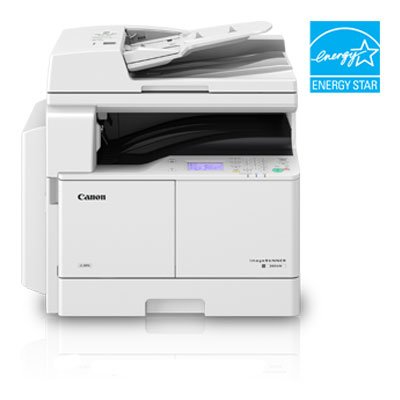When choosing a printer, understanding the specifications is essential to ensure it meets your needs and requirements. Certain specifications play a crucial role in determining the printer’s performance and functionality, whether you’re purchasing a printer for personal use, a small office, or a professional setting. Let’s explore some key specifications when looking for a good printer. Find here a reliable Canon printer distributor.
Print resolution:
Print resolution refers to the detail and clarity a printer can produce. It is measured in dots per inch (dpi). A higher dpi indicates a greater level of detail in the printed output. A print resolution of 600 dpi is usually sufficient for general text documents. However, a printer with a higher resolution, such as 1200 dpi or more, would be more suitable for tasks requiring high-quality graphics, photos, or fine details.
Printing speed:
Printing speed is an important consideration, especially in environments requiring large printing volumes. It is measured in pages per minute (ppm) and varies depending on the printer model and settings. Printers designed for personal or small office use typically have printing speeds ranging from 10 to 20 ppm, while high-volume printers can go up to 50 ppm or more.
Connectivity options:
The connectivity options available with a printer determine how it can be connected to other devices. USB connectivity is standard and allows direct connection to a computer. However, consider printers that offer wireless connectivity, such as Wi-Fi or Bluetooth, for added convenience and versatility. Wireless connectivity enables printing from smartphones, tablets, and laptops without cables, providing more flexibility in a modern, mobile-oriented work environment.
Paper handling capabilities:
The paper handling capabilities of a printer are crucial, as they determine the types and sizes of media the printer can accommodate. Consider the paper tray capacity, as it affects the frequency of refilling paper. Look for printers that offer adjustable paper trays or additional input trays for handling different paper sizes and types.
Ink cartridges and consumables:
Consider the type of ink cartridges or toner the printer uses and their cost. Some printers use individual color ink cartridges, allowing you to replace only the color that has run out. This can help save money in the long run compared to printers with integrated color cartridges. Additionally, check for the availability and affordability of ink or toner cartridges, which can significantly impact the printer’s operating costs.







